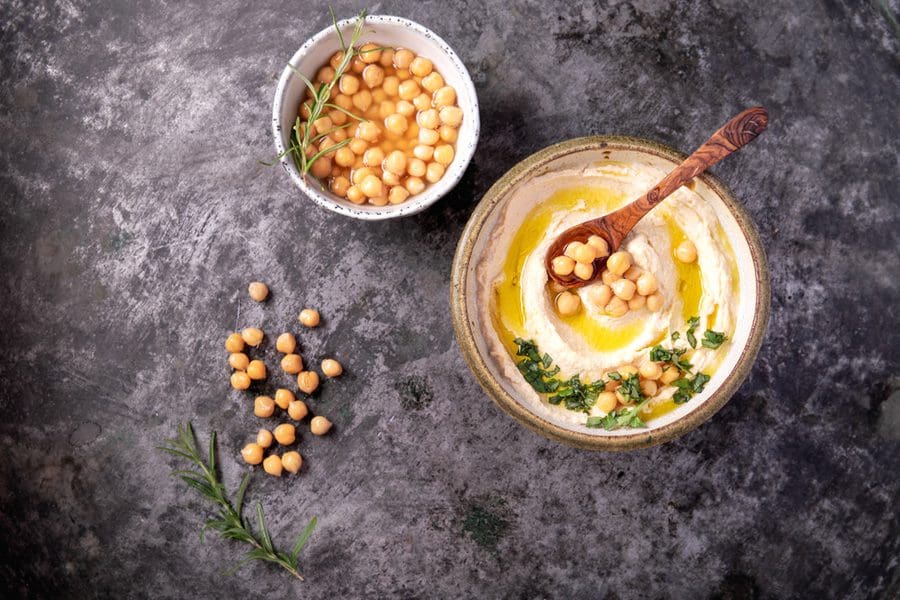Eating to promote wellness was already on the up and up, but it skyrocketed in 2020. This year, the trend will continue with more interest in home cooking, restaurant meal kits, and local sourcing. Nutrition experts forecast an emphasis on food for immunity and fighting inflammation.
Some food trends can be traced to initial concerns over the food supply chain. Others grow out of our desire to fill lockdown hours or mentally escape quarantine confinement. The search for convenience and comfort will also drive eating choices in 2021. Here are trends that foodies say will top the list.
Eating Ingredients Close to Home
Growing your own food has soared during the pandemic, as has ordering directly from farms and local dairies. There’s a renewed interest in regional foods, such as state-specific barbecue styles and fish from local waters. Consumers are also turning to locally made sodas and cheeses!
DIY Cooking
A California grocery executive suggests 30 percent more food will be prepared at home this year than before the Covid-19 outbreak. Cooks who have discovered the joys of baking won’t be abandoning their banana, zucchini, and sourdough bread any time soon. Amateur gardeners will discover new ways to use produce from their gardens. We might even be pickling vegetables, making jams, and making our own pesto!
Vegetable of the Year
Food forecasters say any vegetable that contributes to wellness is expected to enjoy brisk sales this year. Will it be celtuce, the lettuce with a leafy, bitter top and stalk that’s a cross between celery and asparagus? Or chicory root, which packs any meal with gut-friendly fiber?
Coffee
New Orleans-style coffee is a popular blend of roasted chicory root and coffee, while some drink a beverage made solely from roasted chicory root as a caffeine-free replacement for coffee (click here). The flavor is distinct and delicious.
Chickpeas Rule
The most popular vegetable may be up for debate, but there’s no question about this year’s favored legume. Chickpeas have popped up in everything from pasta and cereals, to crackers and puffs (click here). Try roasting them for a handy snack or blend them for a quick batch of hummus.
Comfort Food: Old Favorites and New
Hotels say orders for nostalgic foods, such as PB&J sandwiches, burgers, grilled cheese, pizza, and pasta dominated room service last year. At home, put a healthier spin on this year’s childhood classics. Try Martha Stewart’s Mushroom Eggplant Lasagna (click here) or Ina Garten’s Brussels Sprouts Pizza Carbonaro (click here).
Restaurants Offering “Home-Cooked” Takeout
Demand will grow for restaurant meal kits that offer quality food easily prepared at home with simple instructions. Authentic, international cuisine offers a way to satisfy the urge to travel when you can’t leave the country. Yelp says interest in finding restaurants offering Thai food is up 15 percent.
Plant Proteins
Substituting plant proteins for meat continues to grow in popularity. Just a few meatless meals a week can make a difference in your health and the environment. Google searches for plant proteins like chickpeas, lentils, tofu, and black beans hit an all-time high in 2020. Impossible Foods and Beyond Meat sales continue to grow as shoppers look for plant-based foods that mimic ground beef (click here).
Adaptogens
These Ayurvedic herbs help the body manage stress and support the immune system. Adaptogens can now be found in products from teas and hot chocolate mix to honey and face creams. Looking for a ground adaptogen Coffee? Click here for a morning boost of stress-managing goodness.






